Collaboration Letter Samples
-
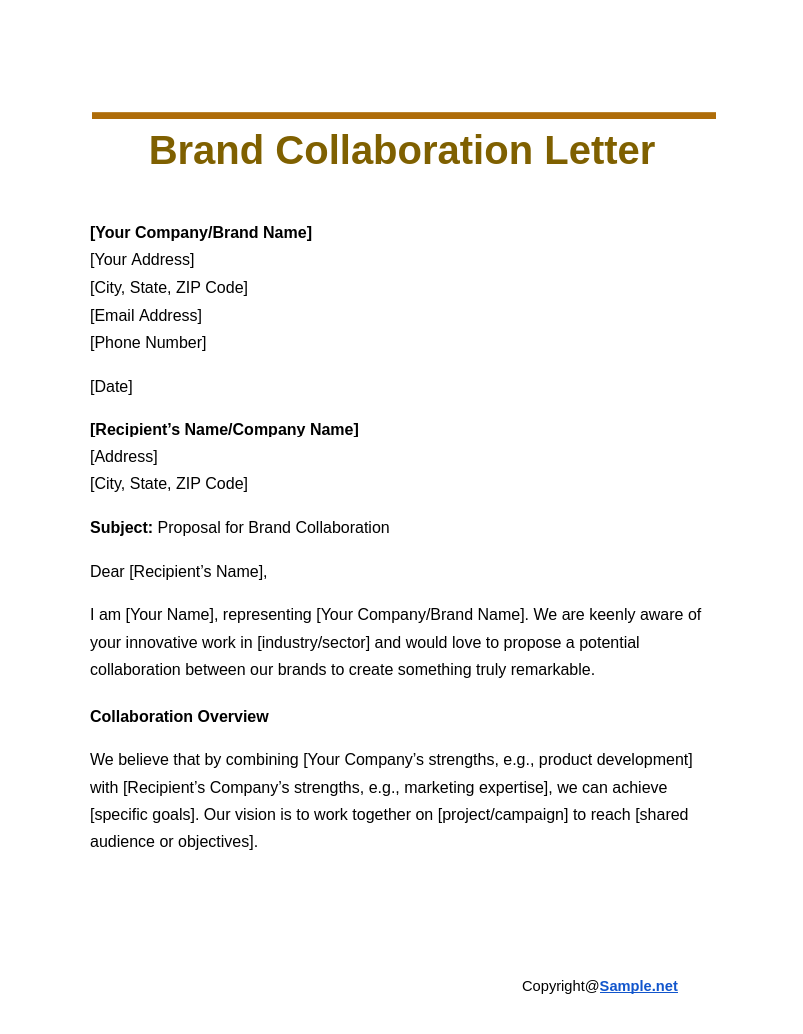
Brand Collaboration Letter
download now -
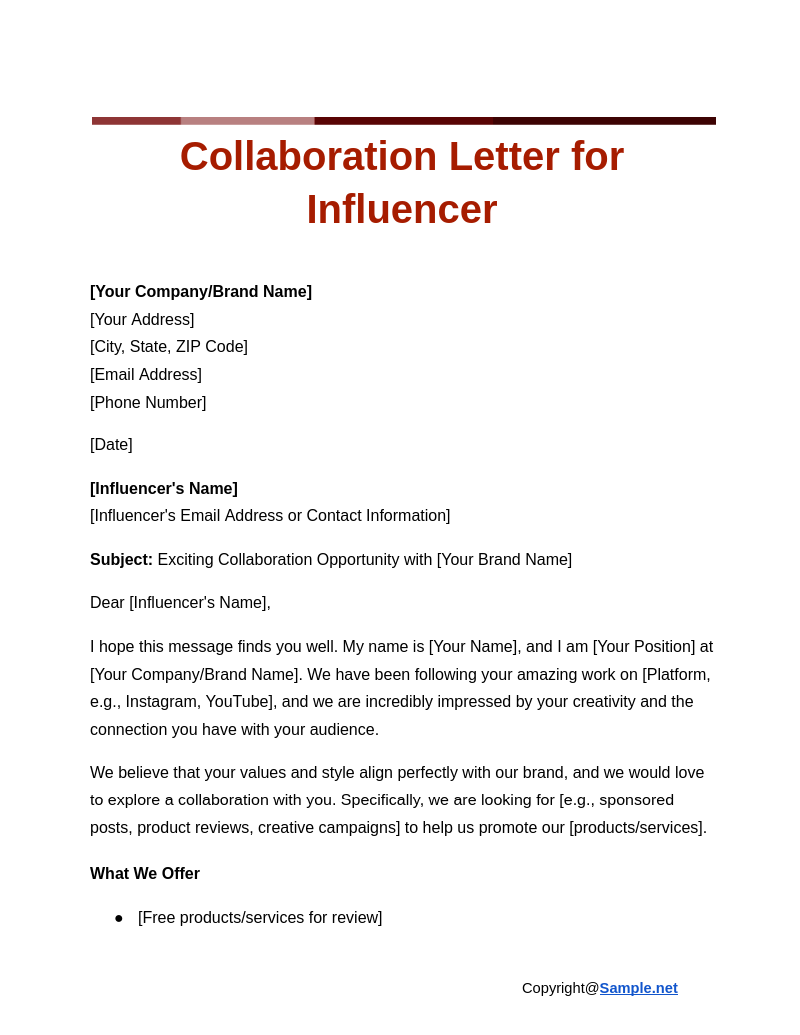
Collaboration Letter for Influencer
download now -
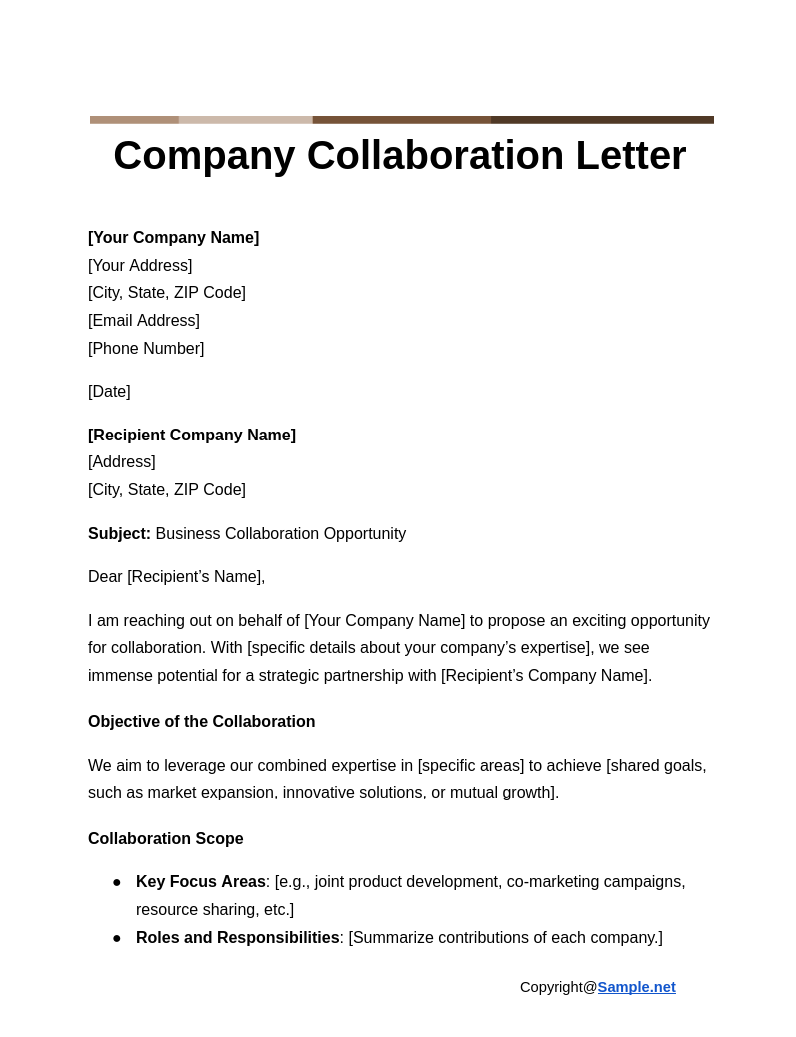
Company Collaboration Letter
download now -
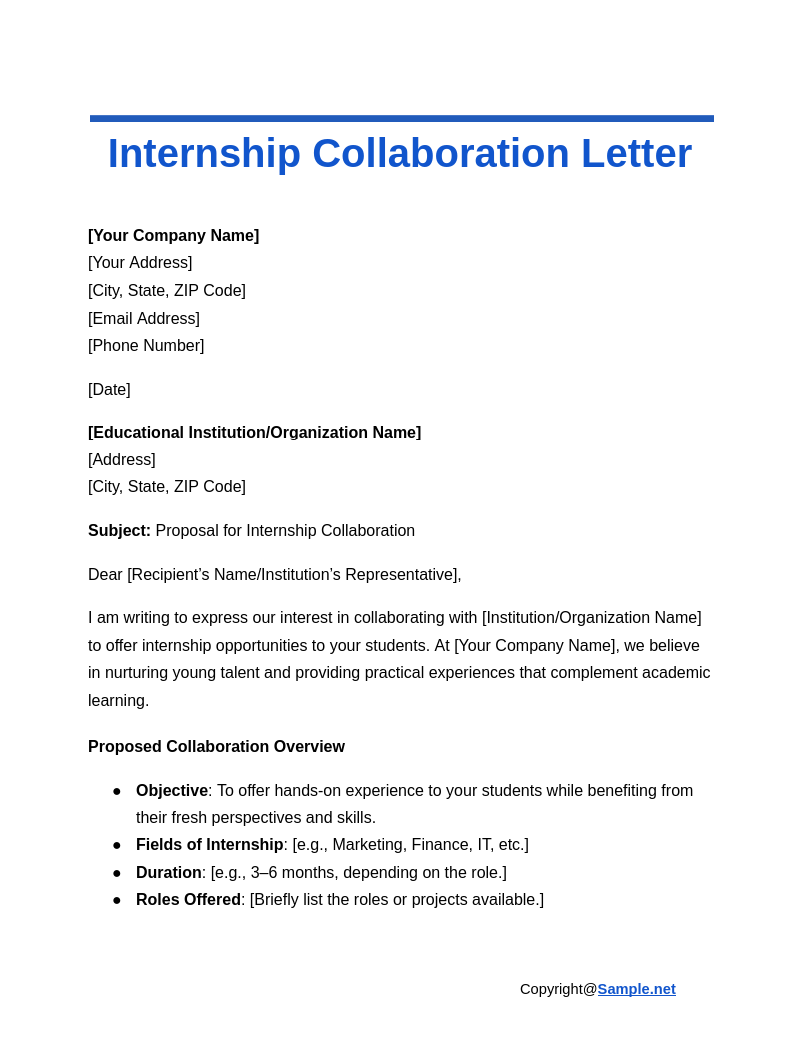
Internship Collaboration Letter
download now -
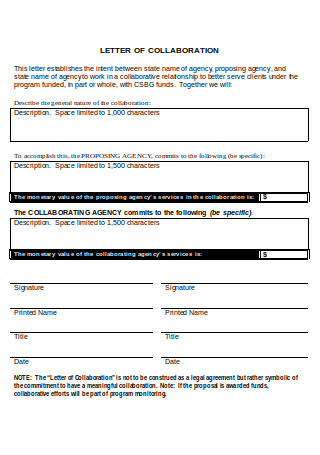
Sample Letter of Collaboration
download now -
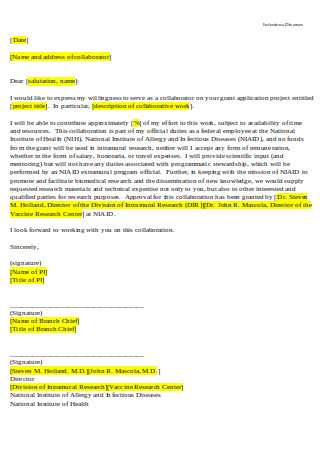
Formal Letter Collaboration Template
download now -
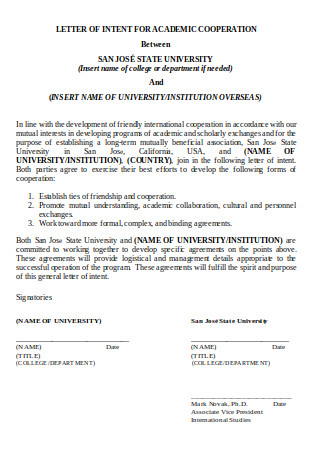
Collaboration Research Letter
download now -
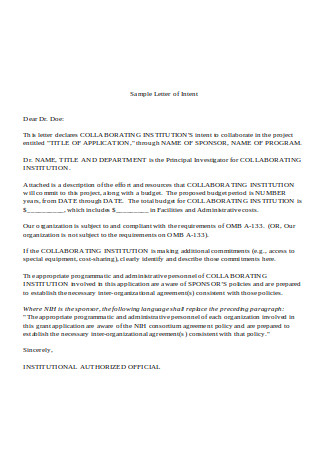
Sample Letter of Business Collaboration
download now -
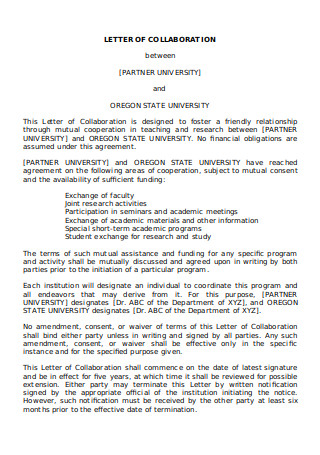
Sample University Letter of Collaboration
download now -
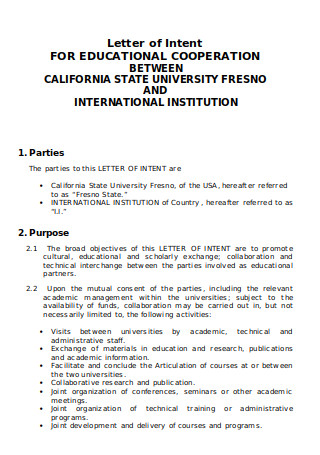
Memorandum of Academic Cooperation Intent
download now -
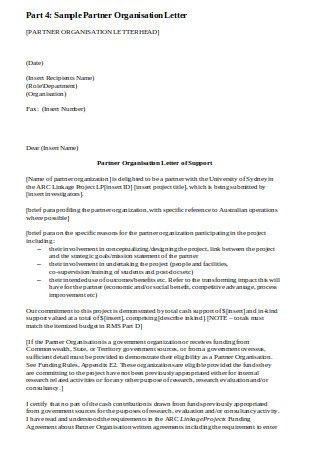
Sample Partner Organisation Offer Letter
download now -
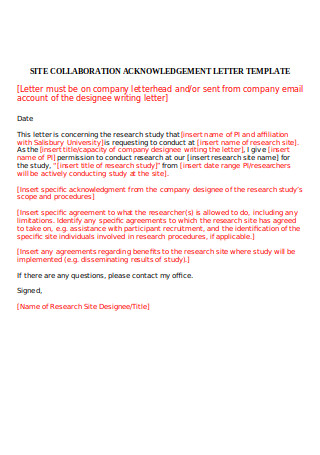
Sample Collaboration Acknowledgment Letter
download now -

Sample Collaboration Thak You Letter
download now -
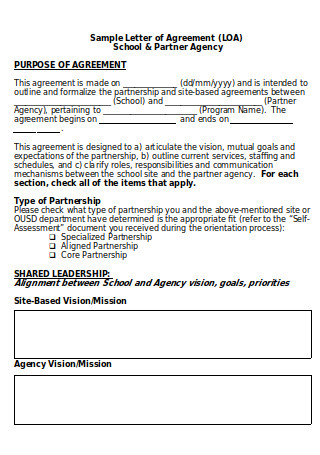
Sample Letter of Event Collaboration
download now -
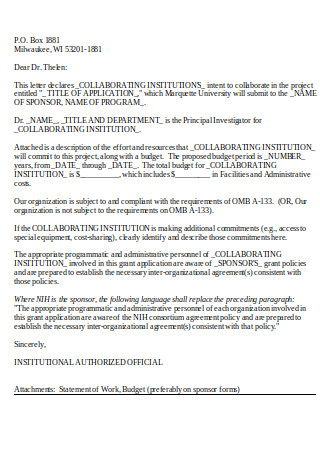
Sample Letter of Intent
download now -
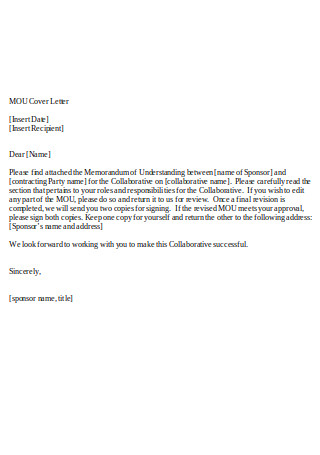
MOU Cover Letter
download now -
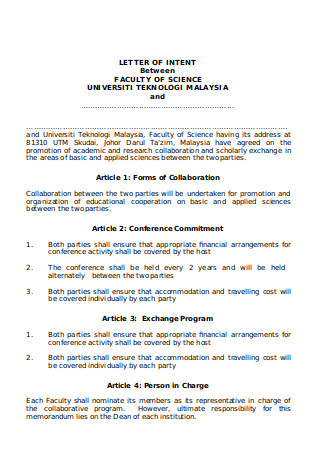
Letter of Intent Template
download now -
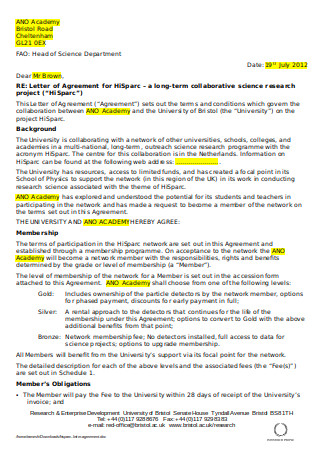
Collaboration Agreement Invitation Letter
download now -
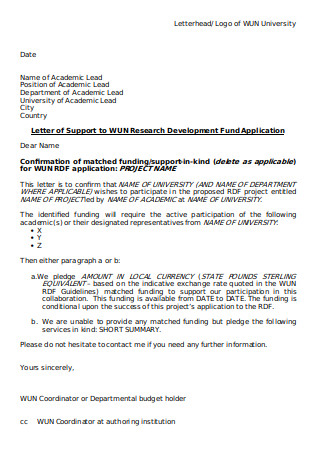
Letter of Collaboration Support Template
download now -
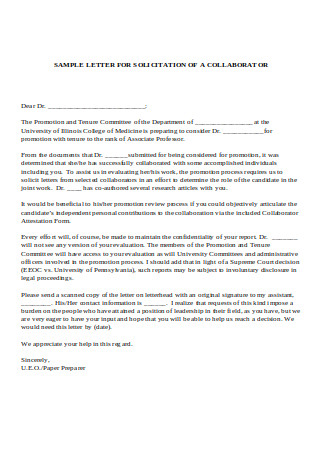
Sample Collaborator Attestation Letter
download now -
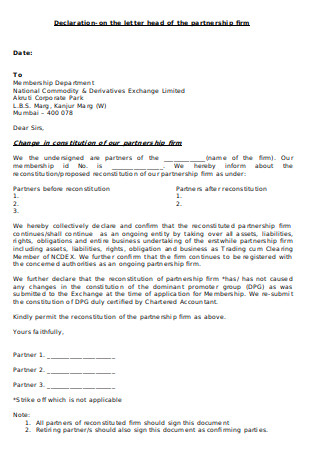
Marketing Collaboration Letter
download now -
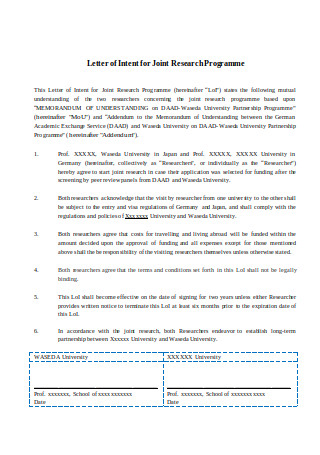
Sample Hotel Collaboration Letter
download now -
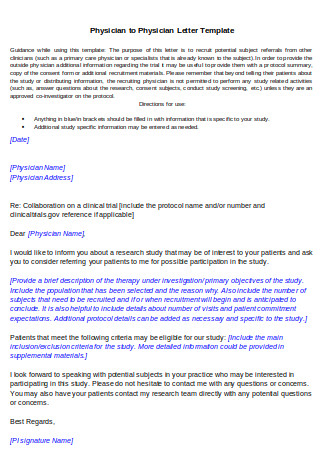
Proposal for Letter of Collaboration
download now -
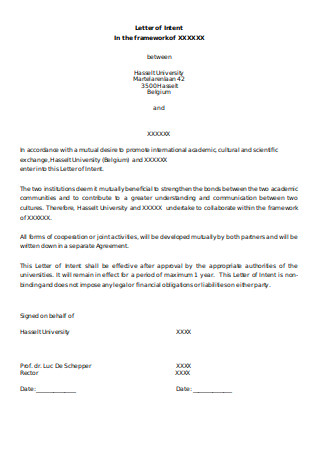
Simple Collaboration Letter
download now -
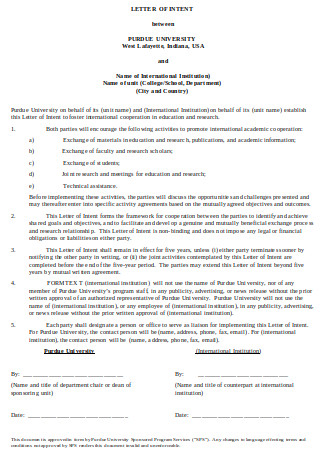
Sample Business Partnership Collaboration Letter
download now -
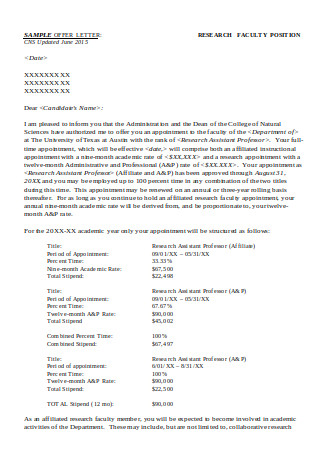
Research Professor Collaboration Letter
download now -
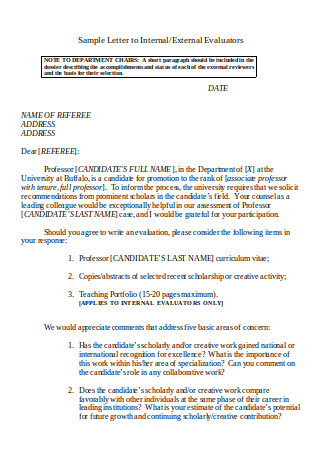
Sample Letter to Internal Collaboration
download now -
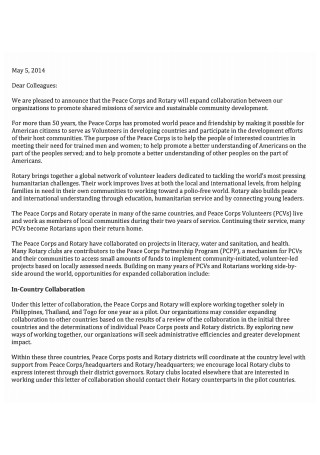
Hotel Collaboration Letter
download now -
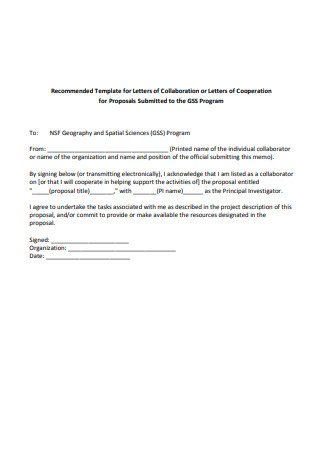
Request for Letter of Collaboration
download now -
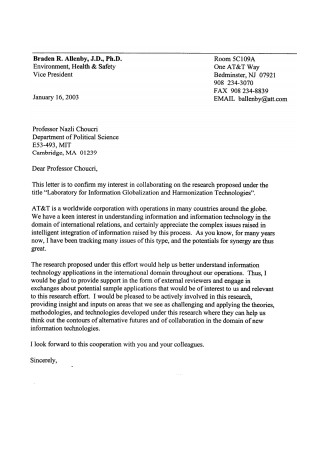
NSF Letters of Collaboration
download now -
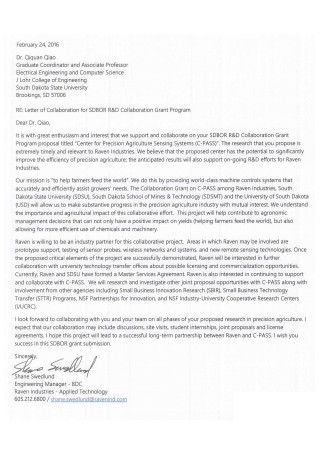
Nasa Collaboration Letter
download now -
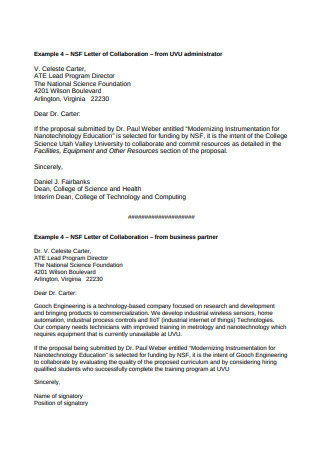
NSF Letter of Collaboration Sample
download now -
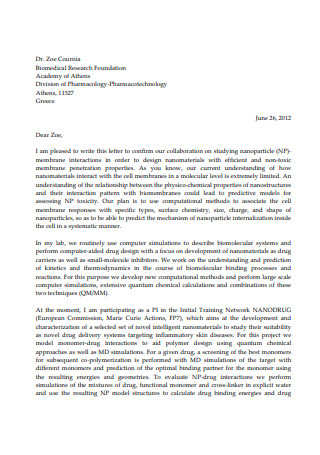
Letter of Collaboration Example
download now -
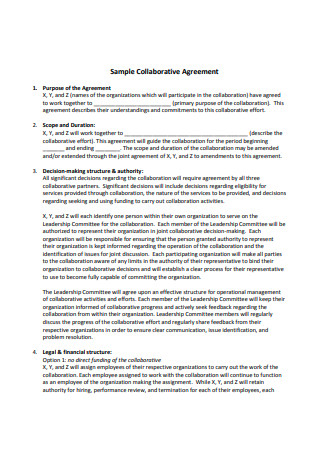
Sample Collaborative Agreement Form
download now -
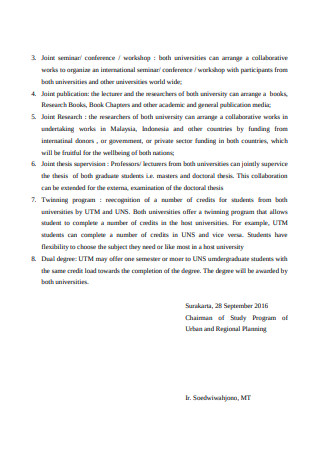
Letter of Proposal for Collaboration
download now -

Letter of Intent on Collaboration
download now -
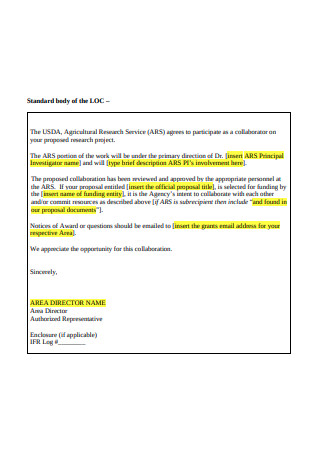
Guidelines for Letter of Collaboration
download now -
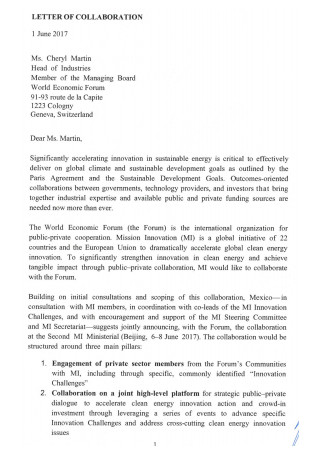
Letter of Collaboration Format
download now -

Letter of Collaboration Request Form
download now -
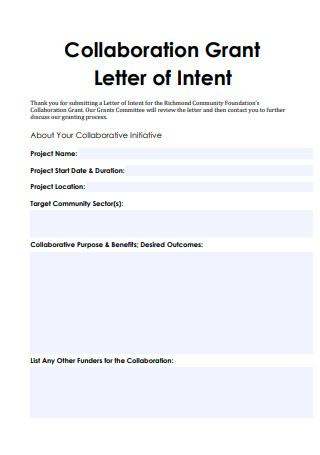
Collaboration Grant Letter of Intent
download now -
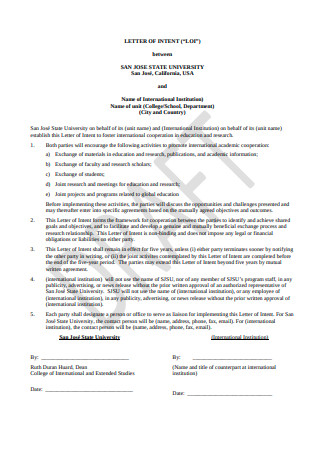
Collaboration LOI
download now -
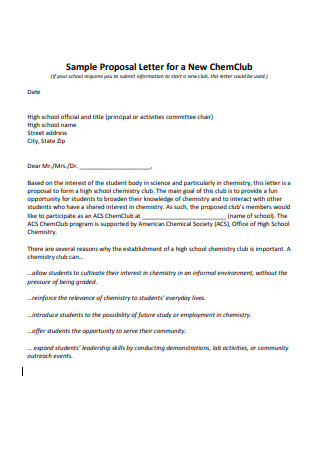
Sample Proposal Letter for Collaboration
download now -
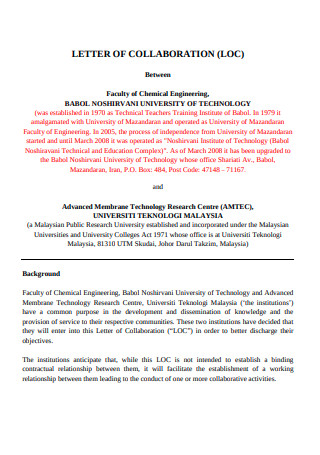
Standard Letter of Collaboration
download now -
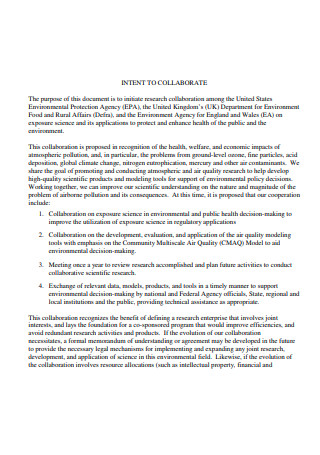
Sample Letter of Intent to Collaborate
download now -
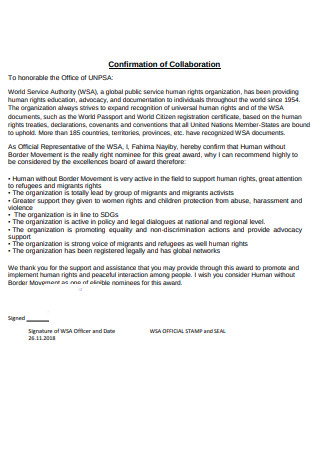
Reference Letter to Confirmation of Collaboration
download now
FREE Collaboration Letter s to Download
Collaboration Letter Format
Collaboration Letter Samples
What is a Collaboration Letter?
Purposes of a Collaboration Letter
Types of Collaboration Letters
How Do You Write a Collaboration Letter?
FAQS
How do I make a collaboration letter professional?
How does a collaboration letter differ from a contract?
What tone should be used in a collaboration letter?
What are common mistakes to avoid in a collaboration letter?
Should collaboration letters include legal terms?
What is the ideal structure of a collaboration letter?
What should I do if the collaboration involves multiple parties?
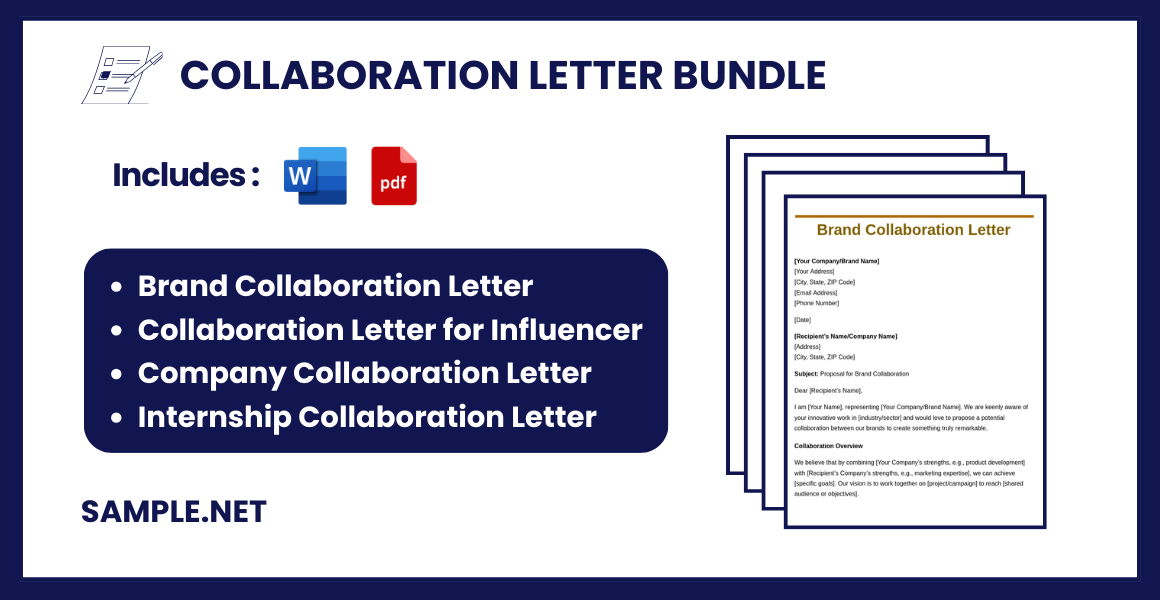
Download Collaboration Letter Bundle
Collaboration Letter Format
[Your Company/Organization Name]
[Your Address]
[City, State, ZIP Code]
[Email Address]
[Phone Number]
[Date]
[Recipient’s Name]
[Recipient’s Position/Title]
[Recipient’s Company/Organization Name]
[Recipient’s Address]
[City, State, ZIP Code]
Subject: Proposal for Collaboration
Dear [Recipient’s Name],
I hope this message finds you well. My name is [Your Name], and I am [Your Position] at [Your Company/Organization Name]. We have been impressed by your work in [specific field/area], and I am reaching out to propose a potential collaboration between our organizations.
Purpose of the Collaboration
We believe that a partnership between [Your Company/Organization Name] and [Recipient’s Company/Organization Name] would be mutually beneficial. By combining our strengths in [specific areas of expertise], we can [specific goals, e.g., enhance innovation, expand our market reach, or achieve shared objectives].
Proposed Collaboration Details
- Scope of Work: [Brief description of the collaboration’s scope, such as joint projects, resource sharing, or co-marketing efforts.]
- Objectives: [Specific goals you aim to achieve through the collaboration.]
- Timeline: [Indicate a proposed start date and duration for the collaboration.]
- Responsibilities: [Highlight the roles and contributions of both parties.]
- Benefits: [Explain how the collaboration will benefit both organizations.]
Next Steps
To discuss this proposal in further detail, I would be happy to arrange a meeting at your earliest convenience. Please let me know a time that works best for you. Additionally, if there are other key points or suggestions you would like to address, we are open to further customization to ensure our partnership aligns with your goals.
Conclusion
We are confident that this collaboration will lead to significant success for both organizations. Thank you for considering this opportunity. I look forward to hearing from you soon and hope we can work together to achieve great results.
Warm regards,
[Your Name]
[Your Position]
[Your Company/Organization Name]
[Email Address]
[Phone Number]
What is a Collaboration Letter?
A collaboration letter is a formal correspondence that serves as a medium to propose or initiate a partnership or joint effort between two or more parties. It outlines the purpose, terms, and expectations of the collaboration, ensuring mutual understanding and alignment. Typically used in business, academic, or creative contexts, it helps formalize agreements and set the foundation for successful cooperation. You can also see more on Collaboration Agreements.
Purposes of a Collaboration Letter
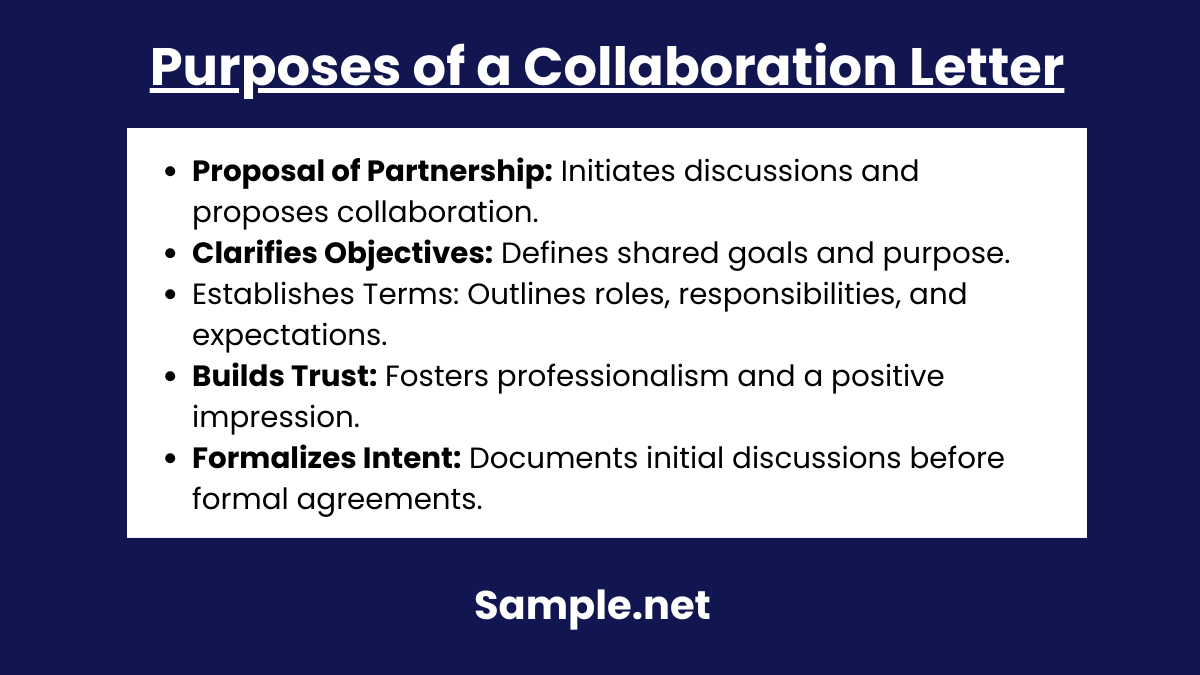
Proposal of Partnership
A collaboration letter acts as a formal medium to propose a partnership or joint effort. It initiates discussions and sets the tone for cooperation between the involved parties.
Clarification of Objectives
It defines the purpose of the collaboration and outlines the shared goals, ensuring all parties have a clear understanding of what they aim to achieve together. You can also see more on Company Introduction Letter.
Establishing Terms
Collaboration letters lay the foundation for the partnership by highlighting the preliminary terms, roles, responsibilities, and expectations of each party.
Building Trust and Professionalism
By presenting a structured and well-crafted letter, the sender fosters trust and displays professionalism, creating a positive impression that encourages engagement. You can also see more on Personal Reference Letter.
Formalizing Discussions
A collaboration letter serves as a formal record of the intent to collaborate, ensuring that initial discussions are documented before drafting a more detailed agreement or contract.
Types of Collaboration Letters
1. Business Collaboration Letter
This type is used to propose or formalize partnerships between businesses or corporations. It may involve joint ventures, resource sharing, or mutual marketing efforts. You can also see more on Board Resolution Letter.
2. Academic Collaboration Letter
Commonly exchanged between educational institutions or researchers, these letters aim to establish cooperative projects, research initiatives, or exchange programs.
3. Creative Collaboration Letter
Designed for partnerships in creative fields, such as art, music, or writing. It outlines joint efforts in projects like co-producing, co-authoring, or cross-promotions.
4. Nonprofit Collaboration Letter
Used by nonprofit organizations to partner with other entities for social causes, fundraising events, or community development projects. You can also see more on Letter of Appreciation.
5. Event Collaboration Letter
This type is specifically for co-hosting or organizing events together, such as conferences, workshops, or festivals, ensuring clarity in roles and shared resources.
6. Government Collaboration Letter
Sent between government bodies or between public and private organizations, these letters aim to establish public-private partnerships or initiatives for public welfare. You can also see more on Letter of Support.
7. Startup Collaboration Letter
Tailored for startups seeking partnerships with other businesses, investors, or innovators, focusing on growth opportunities like technology sharing or product development.
How Do You Write a Collaboration Letter?
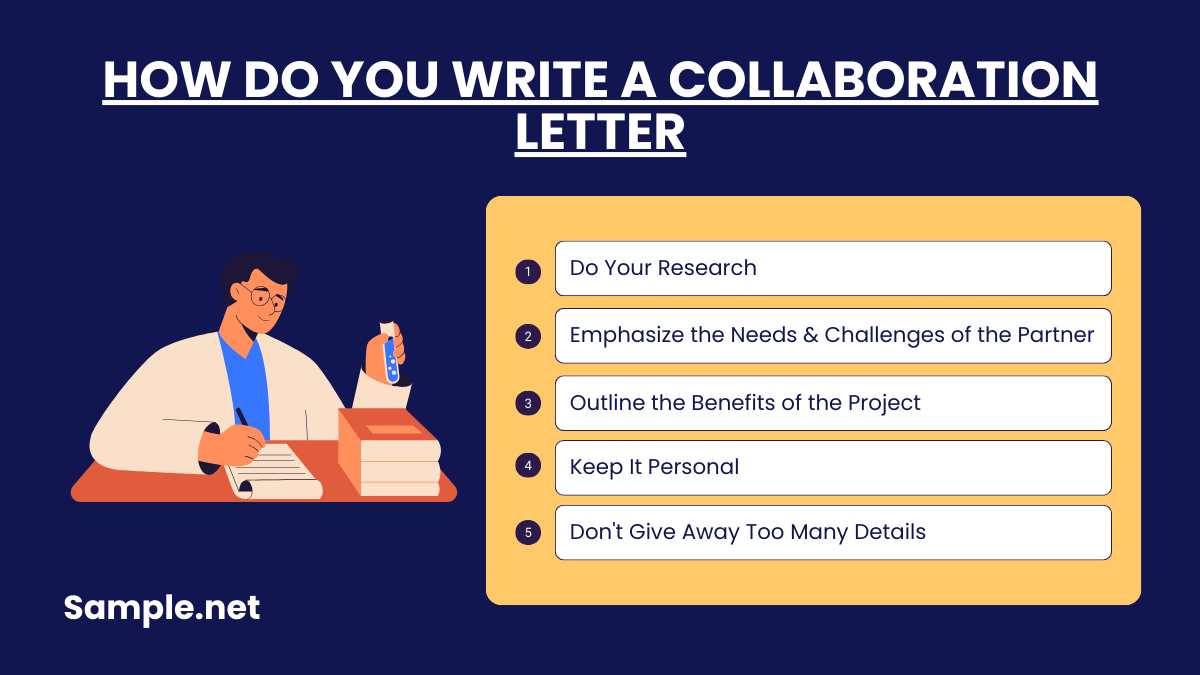
Need to make a collaboration letter to deliver your pitch? Consider the following guidelines in writing.
1. Do Your Research
Unfortunately, 70% of business partnerships end up in a disaster due to conflict between partners. Companies make the weak move of collaborating without fully understanding what they’re about to get themselves into. You can also see more on Recommendation Letter.
You don’t want to pitch for a collaboration with a brand you know very little about. It’s essential to understand what these companies bring to the table before investing in a new business venture. How much you know about a company’s strategies, audience, and accomplishments will matter in developing a project plan. This can help increase your chances of moving forward with the partnership, as you make an effort to assess the needs of your prospects and find out whether they align with your proposed idea. By doing so, you also minimize the risk of failing.
2. Emphasize the Needs & Challenges of the Partner
Like you, your potential business partner likely has challenges that it hopes to resolve by designing better strategies. You can consider this as an opportunity to play the hero in the story by stating how your business can help address these problems accordingly. While it’s never easy to entice a company that has its own objectives to attain, the least you can do is draw them to your pitch by adapting your ideas to a common smart goal. Maintaining a positive tone as you discuss these matters will also make your proposal sound more inviting to prospects.
3. Outline the Benefits of the Project
Some of today’s most prominent brands receive dozens of proposal letters for promising collaborations, but not many of them are capable of making a lasting impression on a prospective partner. That’s because words alone aren’t very reliable, nor are they enough to make an impact on one’s decision to collaborate. If you want to work together with a business on a project, you need to show them why engaging in a partnership is worth the investment. Facts and figures are always a plus when establishing credibility. That way, you can assure collaborators that your ideas have the power to generate favorable outcomes for all parties involved.
4. Keep It Personal
Focusing on the potential partnership might be the main point of making the proposal letter, but it does help to showcase what you are capable of when it comes to business growth as well. A brief introduction to your company, the struggles you surpassed, and the plans you have for the future provide a glimpse of the value your business can offer to the collaboration. Being open about the vision and mission statement of your business could be a driving factor to make them want to be a part of your journey.
5. Don’t Give Away Too Many Details
As much as you want to talk about your plans for the project, the last thing you’ll want to do is to disclose information that the supposed partner could use as a competitive advantage. A business can easily steal an idea from you and call it their own without giving you credit, especially if you aren’t careful about who you approach with your plans. Instead, you can use the letter to open a discussion about future endeavors together. It should be persuasive enough to encourage a personal meeting with a potential partner, giving you the chance to elevate your pitch and leave a better impression. Thus, business letters like this must be short and straightforward to get your point across effectively
Collaboration letters are vital tools for fostering partnerships. They ensure clear communication, set mutual expectations, and strengthen trust. Whether in business or academia, a well-crafted formal letter paves the way for successful teamwork. Invest time in crafting one, as it can significantly influence the quality and outcome of your partnerships.
FAQS
How do I make a collaboration letter professional?
Use formal language, a clear structure, and ensure accurate details about the purpose, terms, and recipient. You can also see more on Congratulation Letter.
How does a collaboration letter differ from a contract?
While a collaboration letter proposes and initiates a partnership, a contract legally binds the terms. The letter sets the stage for drafting a contract but is not legally enforceable.
What tone should be used in a collaboration letter?
The tone should be professional, respectful, and optimistic. It should convey enthusiasm about the partnership while maintaining formal decorum.
What are common mistakes to avoid in a collaboration letter?
Avoid being vague about objectives, using overly casual language, or failing to include key details like benefits and terms. You can also see more on Child Authorization Letter.
Should collaboration letters include legal terms?
Not necessarily. While they may outline terms for understanding, detailed legal terms are usually reserved for formal contracts drafted later.
What is the ideal structure of a collaboration letter?
A collaboration letter should include a formal salutation, an introduction of the sender, a clear purpose for the collaboration, an explanation of mutual benefits, proposed terms, and a professional conclusion with a call to action.
What should I do if the collaboration involves multiple parties?
Clearly address all parties in the sample letter, outline each entity’s role, and ensure the terms and objectives are relevant and mutually beneficial for everyone involved.
